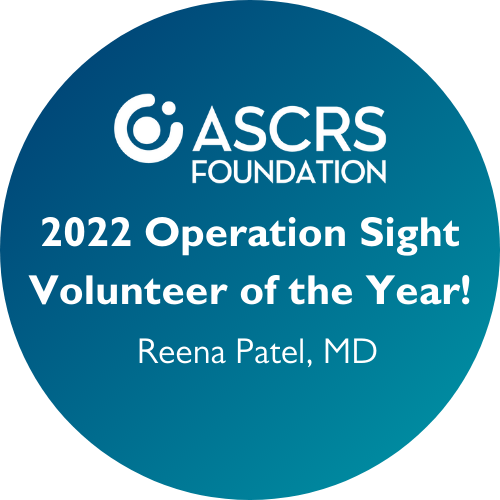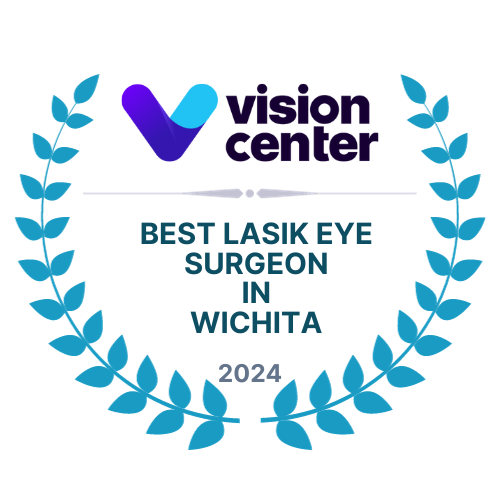Wichita Vision Institute features the Nd:YAG laser, one of the most impressive lasers used for ophthalmologic purposes. Dr. Patel uses the Nd:YAG laser for two primary applications: angle-closure glaucoma and after cataract surgery. The benefits to housing this laser in our offices are two-fold: first, our patients are spared from having to commute to a second location to have their laser procedure completed, and second, they do not have to pay a separate facility fee.
Posterior Capsulotomy
Cataract surgery is a common and successful procedure in most cases. However, in the first five years after cataract surgery, up to 50 percent of cataract surgery patients experience a phenomenon called posterior capsular opacification or what has been commonly referred to as a secondary cataract. During cataract surgery Dr. Patel removes the clouded lens and replaces it with an artificial intraocular lens, but the membrane surrounding the lens, called the lens capsule, is left largely intact during surgery. Weeks to years after cataract surgery, the posterior aspect of the lens capsule can become cloudy or wrinkled and cause blurred vision.
To clear up the cloudiness of the lens capsule, Dr. Patel performs a posterior capsulotomy using the Nd:YAG laser. The eye is dilated prior to the procedure. Anesthetic eye drops are placed in the eye immediately before the laser is applied. Dr. Patel then aims the laser at the posterior capsule, without making any incisions in the eye. After she’s finished, she may recommend anti-inflammatory eye drops. The entire experience is quick and painless, with minimal recovery time. Vision should improve within a day or two. As with any procedure, complications can occur. YAG capsulotomy complications are rare and include increased intraocular pressure, inflammation, dislocation of the intraocular lens, and/or retinal detachment.
Laser Peripheral Iridotomy
Glaucoma treatment is designed to either decrease the production of intraocular fluid (called aqueous humor) or increase the drainage of this fluid. Lowering intraocular pressure decreases damage to the optic nerve. Angle-closure glaucoma is treated by performing a laser peripheral iridotomy.
This procedure involves the use of the Nd:YAG laser to create a small hole in the iris which allows the iris to return to its normal position and allows fluid to circulate freely in the eye.
First, numbing eye drops and glaucoma eye drops are administered and then the laser is directed into the eye to create the small hole in the peripheral iris. This procedure only takes a few minutes. The intraocular pressure is then checked periodically after the treatment. Dr. Patel may recommend the use of eye drops for several days after surgery. Vision should improve within a day or two.
If you would like more information about the Nd:YAG laser and how it can be used to treat glaucoma or a secondary cataract, please contact Wichita Vision Institute by phone or email. If you are having symptoms of either disease, we recommend you seek treatment with us as soon as possible.







